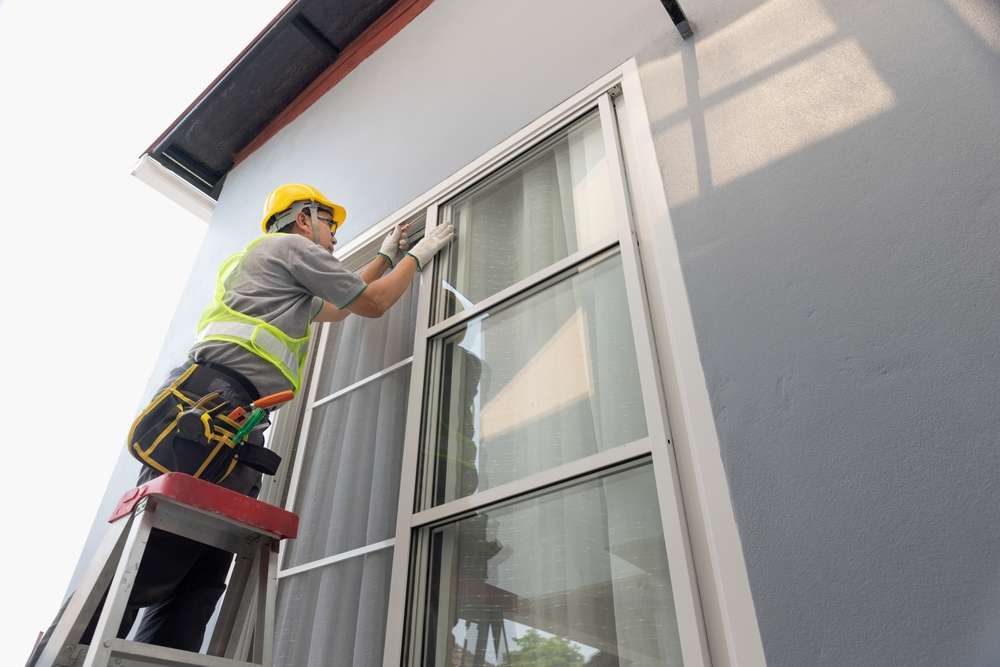Storm Shelters & Bunkers: Smart Choices for Home Protection
Severe weather events are increasing the need for reliable shelter at home. A properly designed storm shelter or bunker can be the difference between minor property damage and a life-threatening situation. This article explains what storm shelters are, how they fit into home safety planning, and what to consider for protection during tornadoes, hurricanes, and other extreme conditions.

What is a storm shelter?
A storm shelter is a purpose-built space designed to protect occupants from extreme winds, flying debris, and structural collapse. Shelters range from reinforced interior safe rooms and above-ground steel modules to below-ground concrete bunkers. Key features include strong anchoring, impact-resistant doors, and ventilation. Understanding the construction type helps homeowners choose a solution that fits their property layout and risk profile while meeting recognized safety standards.
How do shelters improve home safety?
Integrating a storm shelter into a home safety plan goes beyond the structure itself. Placement—interior versus exterior—affects accessibility during fast-moving events. Proper installation, clear egress routes, emergency supplies, and regular maintenance all contribute to effectiveness. For people with mobility challenges, accessible designs and clear instructions are critical. A shelter should be part of a broader home safety strategy that includes alarms, communication plans, and familiarization with local emergency alerts.
How do shelters protect during a tornado?
Tornado protection focuses on resisting extreme wind pressures and high-speed debris impacts. Well-constructed shelters offer a reinforced envelope and a secure door to protect occupants even if the surrounding structure fails. Many building authorities and safety organizations publish guidance on shelter design and siting for tornado-prone areas; following those recommendations increases the likelihood a shelter will perform as intended. Keep in mind that a shelter’s protective value depends on proper installation, anchoring, and the shelter’s rated performance.
Are shelters effective for hurricanes?
Hurricane threats combine high winds with heavy rain and flooding. While many shelters provide excellent wind and debris protection, flood risk must be addressed separately. Below-ground bunkers can be vulnerable in flood-prone areas unless they have flood-resilient features such as sealed entries and engineered drainage or are sited above known flood levels. In coastal or hurricane-prone regions, selecting a shelter that balances wind protection with flood awareness is essential to ensure comprehensive weather protection.
Choosing weather protection and local services
Selecting the right storm shelter involves assessing risk, site conditions, and local codes. Local services—engineers, licensed contractors, and certified installers—can evaluate soil, foundation anchoring, and permitting needs in your area. Look for providers with experience in storm shelters and bunkers, clear warranties, and references. Regular inspections and simple maintenance, like checking seals and ventilation paths, keep a shelter ready over time. Coordination with local emergency management or building departments helps ensure compliance with applicable standards.
Conclusion
Storm shelters and bunkers are a vital element of resilient home safety planning for communities facing tornadoes, hurricanes, and severe storms. Choosing the right shelter requires balancing construction type, siting considerations, and the specific hazards you face—wind, debris, and flood risk each demand attention. Work with qualified local services to confirm design, permits, and installation meet recognized safety guidance. Equally important are accessibility, emergency supplies, and routine maintenance so that a shelter performs when it matters most. When thoughtfully integrated into a household’s preparedness plan, a well-built storm shelter delivers focused weather protection and peace of mind.






